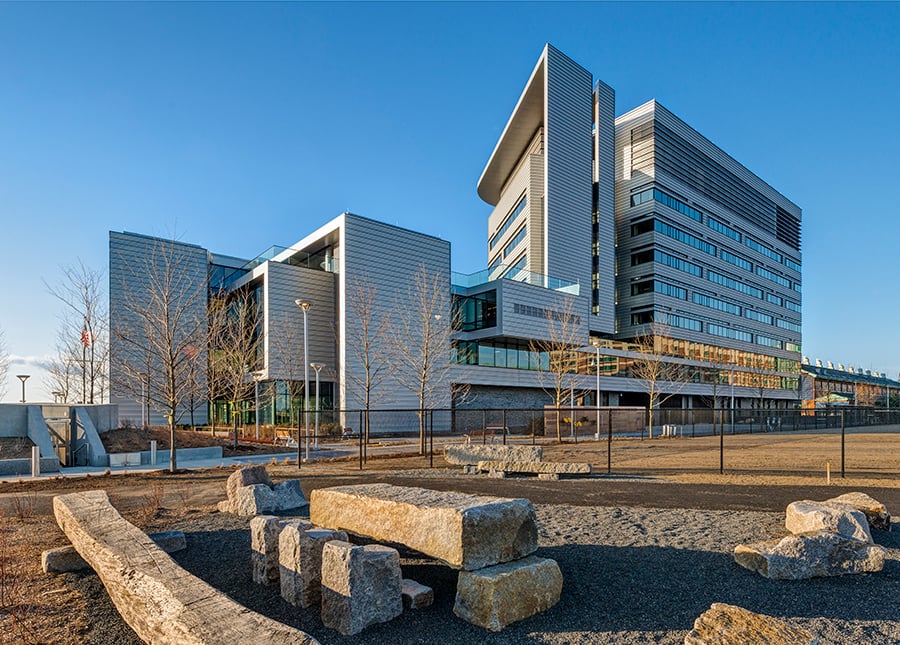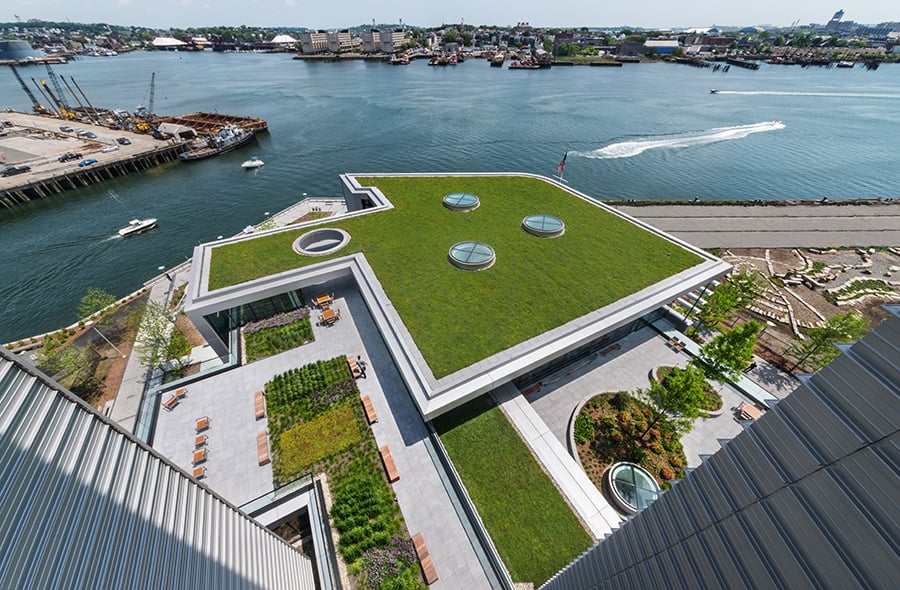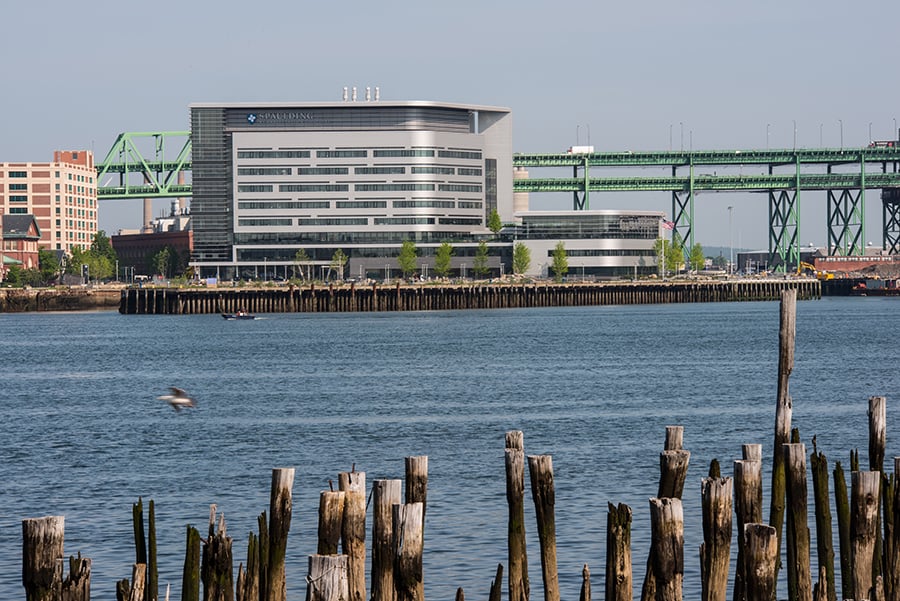
December 12, 2017
Perkins+Will: Metropolis Article on Resiliency is “a Polemic and Counter to Collective Experience in Practice”
“Those of us working actively in this area are trying to avoid this type of unnecessary boundary-taking,” says the firm’s director of global resiliency.

The following response was penned by Janice Barnes, Perkins+Will’s global resilience director, in response to the recent Metropolis article “Resiliency” Has Lost Its Meaning: Why We Need a More Radical Approach.”
The article “‘Resiliency’ Has Lost Its Meaning: Why We Need a More Radical Approach” raised no new questions and shared no revelations about how architects, designers, and planners could or should be preparing for climate change-related natural disasters. The author’s thesis is little more than an argument over semantics. As global resilience director at architecture and design firm Perkins+Will, I have never participated in a national or international dialogue on resilience in which managed retreat, adaptation, and mitigation were not clearly defined factors.
Resilience—in the world of Otis Rolley and other similar thought leaders—encompasses all of these concepts, and all three are actively being discussed and/or carried out as part of resilience planning and design efforts worldwide.
- Managed retreat, a somewhat controversial approach (and a political nightmare for those who work in election cycle timeframes), is happening right now via buyouts in multiple cities and other forms of “resettling.” Rewilding is a topic that’s increasingly coming up in conversation, too. Rewilding is an ecosystem-driven concept that basically means bringing nature—natural landscapes and native plants, for example—back to coastlines and other areas where it could protect adjacent developed lands more than human intervention ever could.
- Adaptation includes managed retreat, barriers, hardening, and green infrastructure, among other tactics; every resilience plan I’ve seen discusses these concepts in some way. In fact, our own work most recently with Climate Ready DC integrates all of them, and the work we’re doing with multiple other resilience initiatives nationwide does the same. It’s just the right way to think about things.
- Mitigation is still highly relevant and inextricably tied to the We Are Still In movement and the rest of the world’s agreement on Paris. Indeed, mitigation is the foundation; it can’t be skipped over to jump right into retreat.
To be frank, the Metropolis article is a polemic and counter to collective experience in practice. Those of us working actively in this area are trying to avoid this type of unnecessary boundary-taking. Moreover, it’s worrisome to think the design community is projecting this message in a publication targeting designers. We need to do the opposite: engage across concepts; empower multiple actors; embrace small wins, as well as major transformations, and help students coming into this profession to see the ways that we can offer expertise as part of a collaborative.
Resilience is truly the greatest design challenge that we have ever faced and addressing it will take lifetimes and thousands of designers. Let’s focus our messages on how we can do more together.
You may also enjoy “The Bold Plan to Help Save the Mid-Atlantic Coast from Storm Surges.”

















